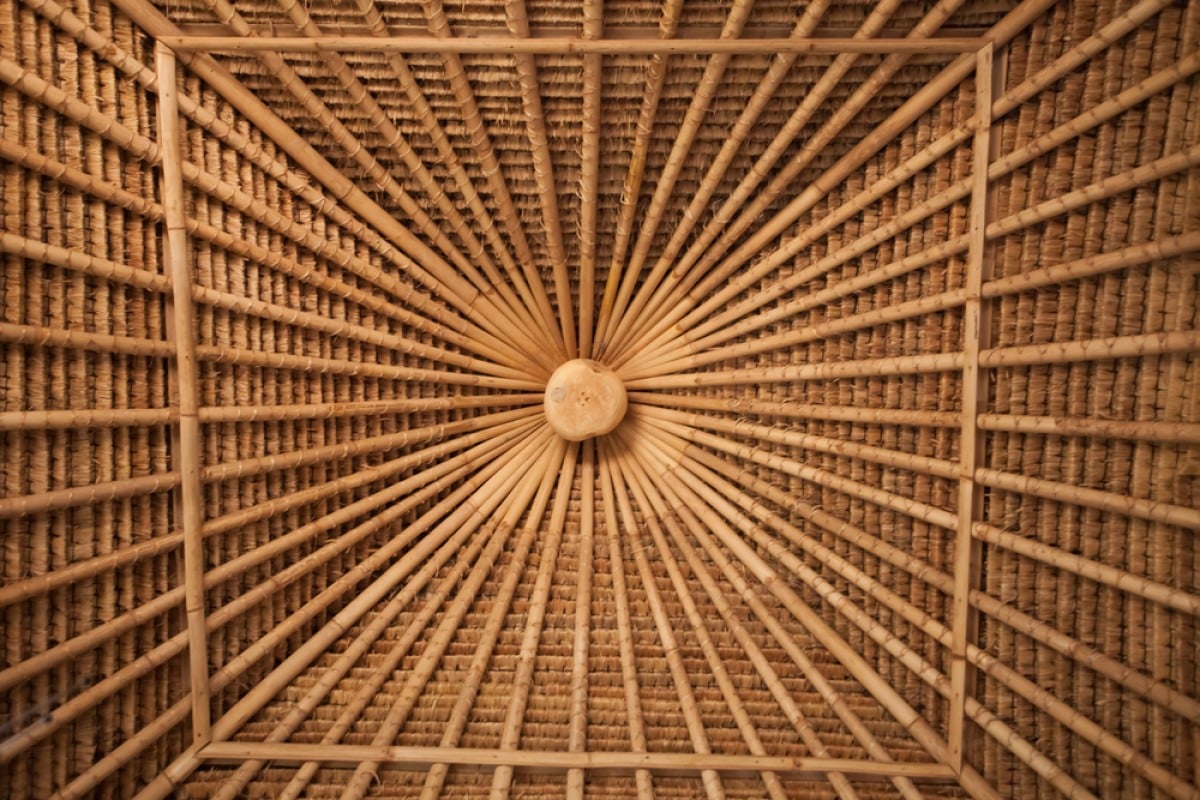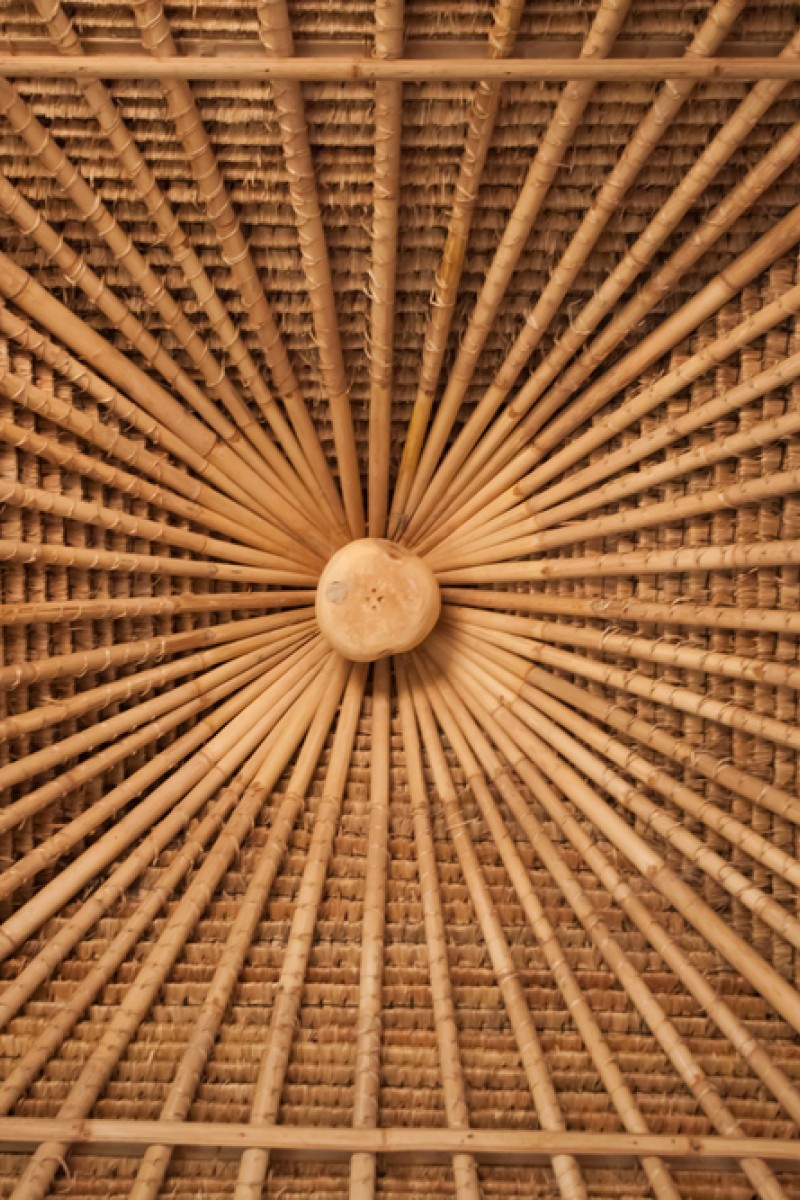 Forget about the glass ceiling, is there a bamboo ceiling?
Forget about the glass ceiling, is there a bamboo ceiling?From the Oscars’ whitewashing to news of police brutality, not a day goes by in the United States in which race isn’t mentioned.
Even though adversity comes in many shapes and forms, the conversation often turns to the race struggle between Caucasians and African-Americans - an area of strife that rightly deserves an open dialogue - but when this conversation is literally put in black and white, it gets more and more difficult to remember the shades of grey.
In particular, one underrepresented “shade” seems to have lost its voice - the Asian-American population. About 65 per cent of US born-Asians say they feel like “a typical American”, according to a 2012 Pew Research Center study. If the majority feels just as red-white-and-blue as any other American, why is the Asian plight is often left out of racial dialogue?
New Trier High School senior Stephanie Song said she feels forgotten in the race discussion as a self-identified Chinese-American.
“People seem to gloss over Asian-Americans because it seems like in the general population that we are doing just fine and do not have any conflict, which is certainly not the reality,” Stephanie said. “So because we don't seem to have any issues or problems in the race discussion, we are often not represented enough.”
The model minority
Mark Chiang, interim director of the Asian-American Studies programme and associate professor at University of Illinois at Chicago, said one reason the Asian-American isn’t at the forefront of the race discussion is the model minority stereotype.
The model minority is a minority group whose members are thought of as more successful than other minority groups, or even the population at large. And while it does not specifically mention Asian-Americans, many consider the two synonymous.
“Asian-Americans are seen as the model minority, an image that suggests that Asian-Americans have never been subject to discrimination in American society and that they are all successful,” Chiang said.
“This is, needless to say, a distortion of reality.”
Song personally has issue with one aspect of this stereotype.
“One of the most prevalent stereotypes I see surrounding Asian-Americans is that we are all intelligent or smart in some way, which isn’t necessarily a bad thing, but this most definitely affects me,” Stephanie said.
“People often come up to me to ask for help, even if I do not have the highest grade in the class.”
Though the stereotype of extreme intelligence may be seen as the most predominant, Chiang notes that there are many that differ, some even belying others.
“One of the most difficult aspects of this problem is that there are so many different and even contradictory stereotypes,” Chiang said. “Older ones, for example, depict Asians as devious, cunning, lying, manipulative and ruthless, while newer model minority stereotypes see Asians as smart, hardworking and docile, but also lacking personality or individuality.”
Bamboo ceiling
One of the largest contradictions that the model minority plays a role in is a phenomenon many call the “bamboo ceiling”. The fact is that while seen as the most “cunning” or “hardworking” race, Asian-Americans are enormously underrepresented at the very top of the job world - in a study of Fortune 500 CEOs conducted by Guilford College in 2014, only 10 Asian-Americans made the list.
Similarly, the academic world is teeming with Asian-American professors and students at high ranking universities, but among all the colleges of the US there are less than 10 Asian-American presidents, according to the Economist.
Tom Lau, an Asian-American teacher at New Trier, said he has felt the effects of this in his career as well. “I’ve had to question why I'm being selected for certain tasks or if I’m being denied certain things because of my race,” Lau said.
“I’ve also had to deal with assumptions about my race from colleagues, students and parents about who I am. That leaves me frustrated and can sometimes cause me to second-guess my own worth as a teacher.”
Somehow, the Asian-American is considered a model of success for other races, but this formulaic view of Asian-Americans does not include a place for CEOs, presidents, executives or other positions of power, denying them mobility and success.
The media
Though this disparity manifests in the business and academic worlds, it’s perhaps most clearly seen in the entertainment industry. In the past, the face of the Asian race in the media has been that of a karate master, technology geek or submissive geisha.
It must be noted that the industry has made strides in recent years for a more inclusive range of colors in television and movies. New shows such as The Mindy Project, Fresh Off the Boat, Master of None and Dr Ken all feature Asian-American leads, as well as producers, writers and supporting characters.
Still, even with prominent Asian-American actors and actresses starring in shows like these, the percentage of Asian-American characters on prime-time television series dipped from 6 per cent to 4 per cent in 2014, according to a report by the Gay and Lesbian Alliance Against Defamation.
Seeing very little of someone who looks like you on the big screen can be damaging to the Asian-American psyche, said New Trier senior Maya Krishnan, an Indian-American.
“Whenever you see someone your colour, you can identify with them, but when you only see a white person on the screen you just desire to be like them, so growing up, my sister and I used to put Band-Aids on ourselves and rip them off to try to make our skin whiter,” Maya said.
“I feel like if there was better representation in the media, I wouldn’t have felt so insecure.”
Take the Oscars, for example. Though the famous awards show sparked outrage when no people of colour were nominated for any of the largest or most prestigious categories, host Chris Rock made several jokes at the expense of Asians during, including introducing three Asian kids on stage as the “dedicated, accurate and hard-working” accountants “Ming Zhu, Bao Ling and David Moskowitz”.
He then went on to make a reference to child labour injustices for companies like Apple, a phenomenon that is a problem and somehow a source of comedy for developing Asian countries.
While Rock has since apologised for his insensitivity, Chiang sees this not as an isolated stunt, but as part of something larger.
“This episode provides an apt example of the way that even as efforts were made to address discrimination against African Americans, the host of the show, Chris Rock, as well its writers, felt that it would be safe or inoffensive to mock Asian-Americans,” Chiang said.
Going forward
With new shows featuring Asian-American casts, as well as individuals taking a stand and fighting back against inequality, strong actions are being taken to address racial disparities, but the fight still continues.
For Lau, awareness amongst all - not just non-Asians - is pertinent.
“For too long, we've been represented by non-Asians, and it's really important that we start to assert ourselves in our spaces of influence,” Lau said.
“We need more Asians in positions of leadership and influence so that perspectives and perceptions change for us, not just by how others see us, but also for how we see ourselves - this only starts to happen if we push ourselves to step up and advocate for ourselves.”
